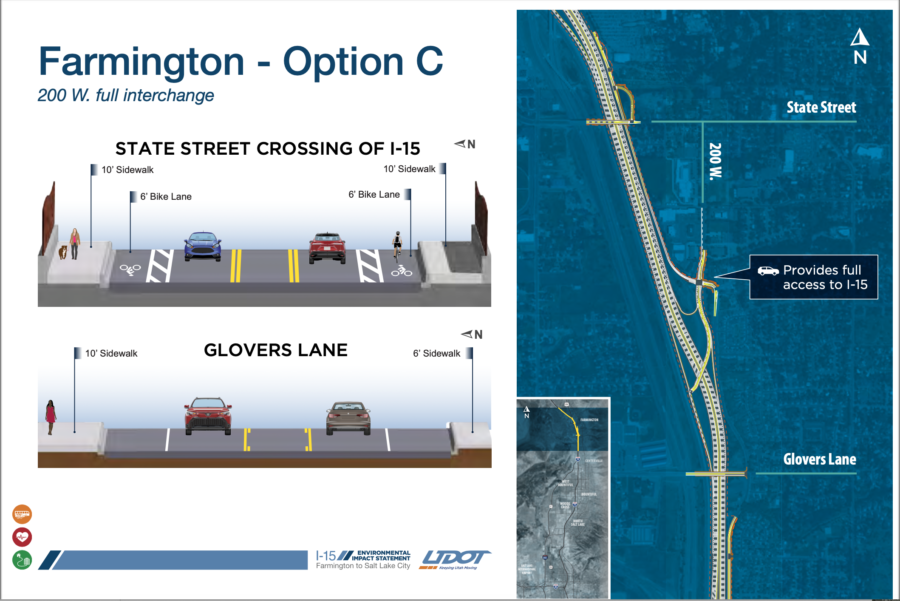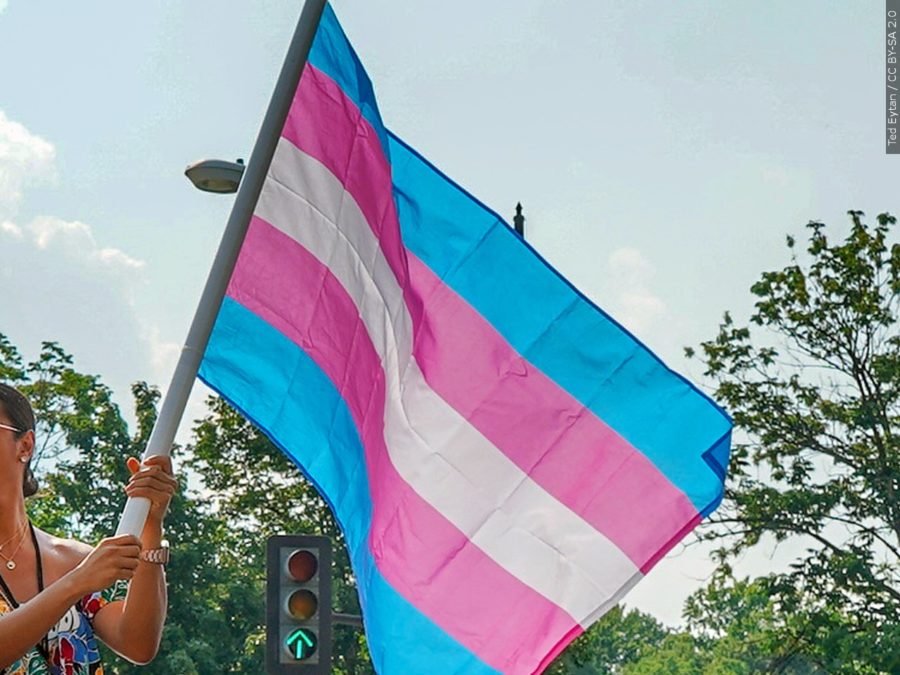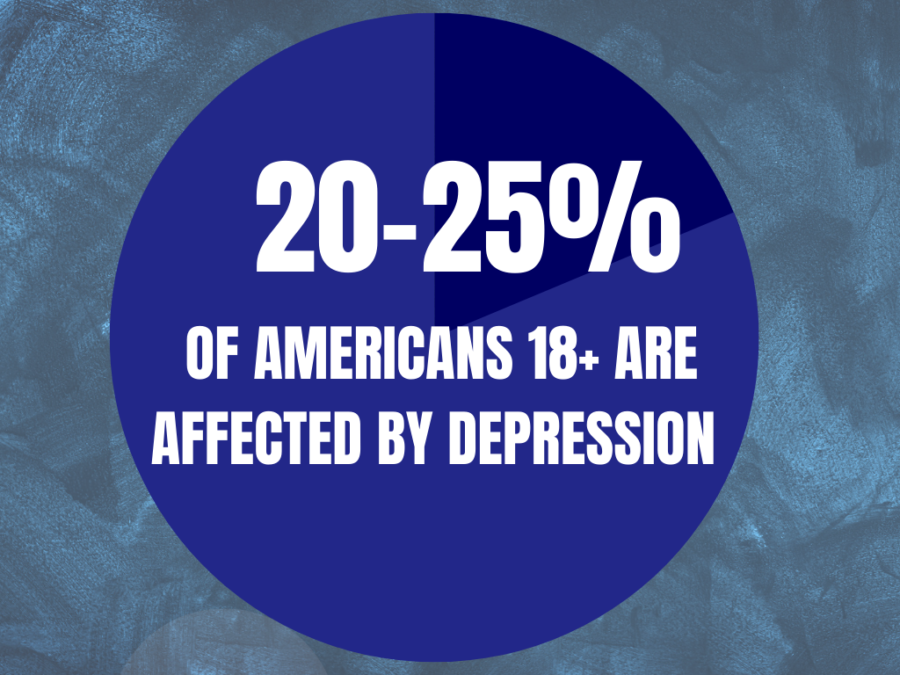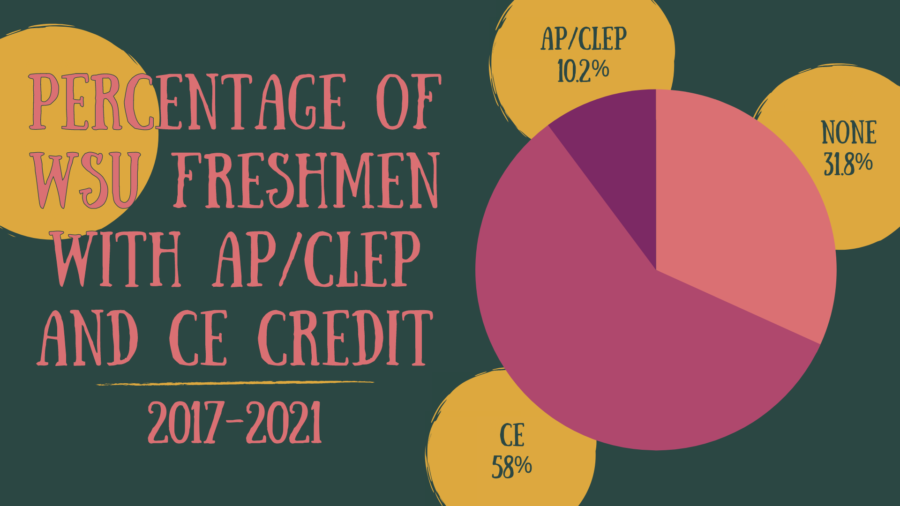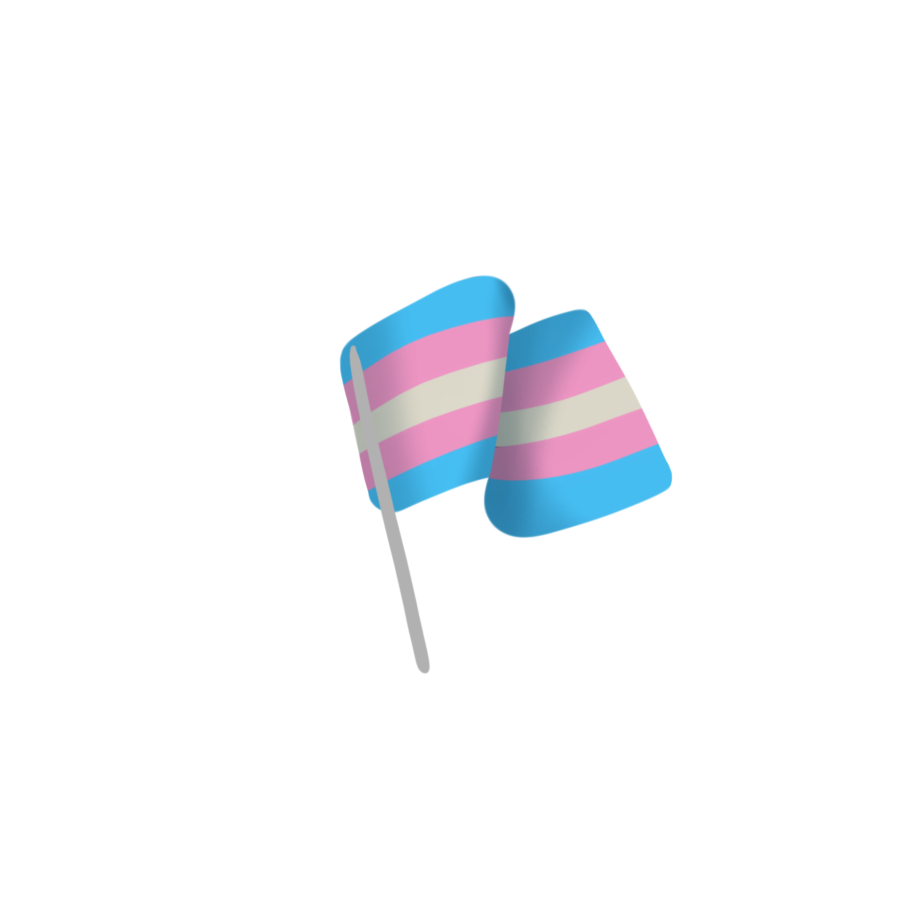Weber State University gives away tons of money each year in the form of financial aid and scholarships to students who apply. Financial aid can be one of the most impactful parts of a student’s education, yet it can also be one of the most stressful.
For students who didn’t get things done in time for fall or had a difficult time, here is what you need to know to be successful in the financial aid process for the remaining portion of your college years.

Deadlines
To start, the Free Application for Federal Student Aid (FAFSA) now opens Oct. 1 each year. For example, if you are attending the 2017–2018 school year, the application opened in October 2016. This extended application window gives you ten months before the school year actually begins to get your application turned in.
However, it is also important to realize it can take the financial aid office approximately eight weeks to process your entire application. With the influx of students planning to attend Weber, it can take a bit of time to get a file reviewed to determine what students qualify for.
This means a FAFSA application turned in late in the summer is not guaranteed to be processed before the school year begins.
The next major deadline, April 1, is the priority deadline for financial aid applications. This means it would be ideal to turn in your FAFSA between October and April, so you can be guaranteed to know your financial aid status and award before the school year begins.
Previously, many students found they were not able to turn in the applications as early as they’d like because of tax information not being readily available when they needed it. That is why FASFA has started “prior-prior,” which simply means FASFA will now use the same tax information two years in a row.
For example, the school year 2016–2017 and the school year 2017–2018 use tax information from the year 2015. The 2016 tax information will be used for the 2018–2019 and 2019–2020 school years.
The reasoning for this is it is expected to be easier for students to access information they have already completed, thus allowing students to turn in FAFSA applications in a timely manner.
Now, a concern some people may have is if they had a drastic change in income in the interim year. For example, if a student earned more income in 2015 but didn’t make as much in 2016, it could create a problem with how much aid that student is awarded. The financial aid office has acknowledged this and has special circumstances for students in this predicament.
These measures allow for students to be awarded more accurately and for the award to reflect their most current status.
Scholarships
Scholarships, for some, may seem ever elusive. This may be because students do not know the scholarship application opens the year prior to the school year for which they are applying.
For example, if you want scholarships for the 2017–2018 school year, you needed to apply pretty far in advance, preferably on Sept. 1, 2016, when the application opened.
Although many scholarships are awarded to students through financial aid, it’s also possible to be awarded scholarships via other departments on campus, including academic departments, and by being involved with campus clubs and organizations.
Wherever on campus your scholarship comes from, your scholarship application is always going to be the first step. Make sure you log into the eWeber portal, go to the financial aid section and complete the financial aid and scholarship application.
Be proactive, not reactive
Last, but definitely not least, check your Wildcat email. This is how the financial aid office will communicate with students regarding outstanding requirements, ask questions and notify students they’ve been awarded funding.
Many students assume that once a FAFSA is complete, they have finished the financial aid process. This is not always the case. If information on the application is incomplete or incorrect, this can hold up the awarding process.
This can lead to students expecting awards to disburse before school starts, not knowing that no activity is occurring on their account because the process is not done. This can result in late fees and added stress on top of being a student.
In order to avoid this, it is best to monitor your account and communicate with the financial aid office if you have any questions.




